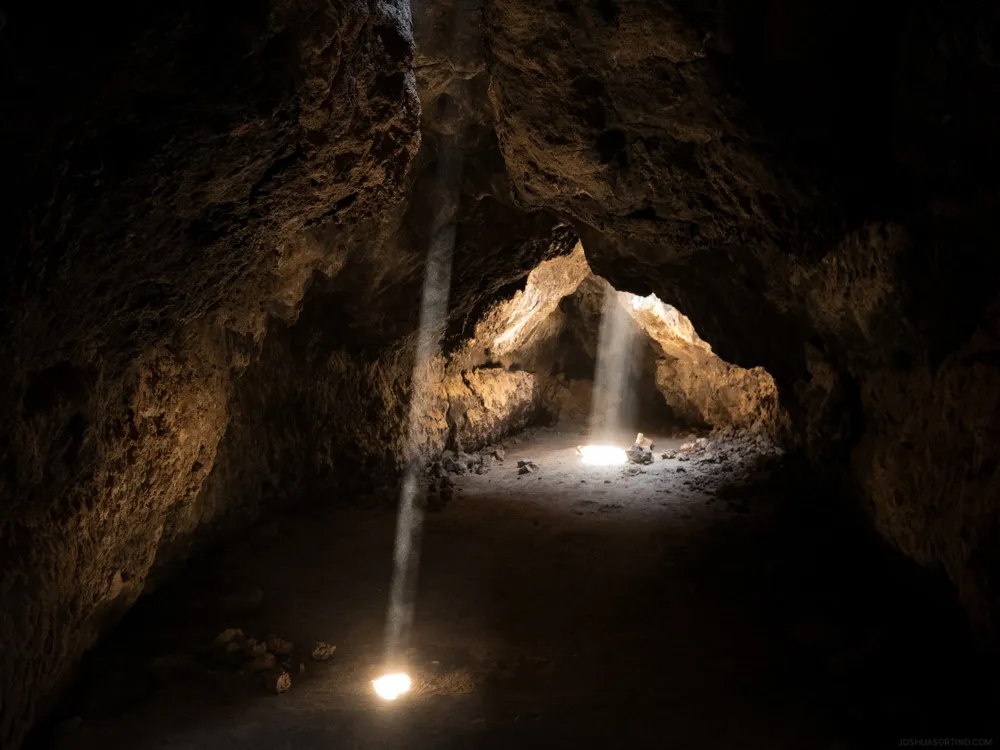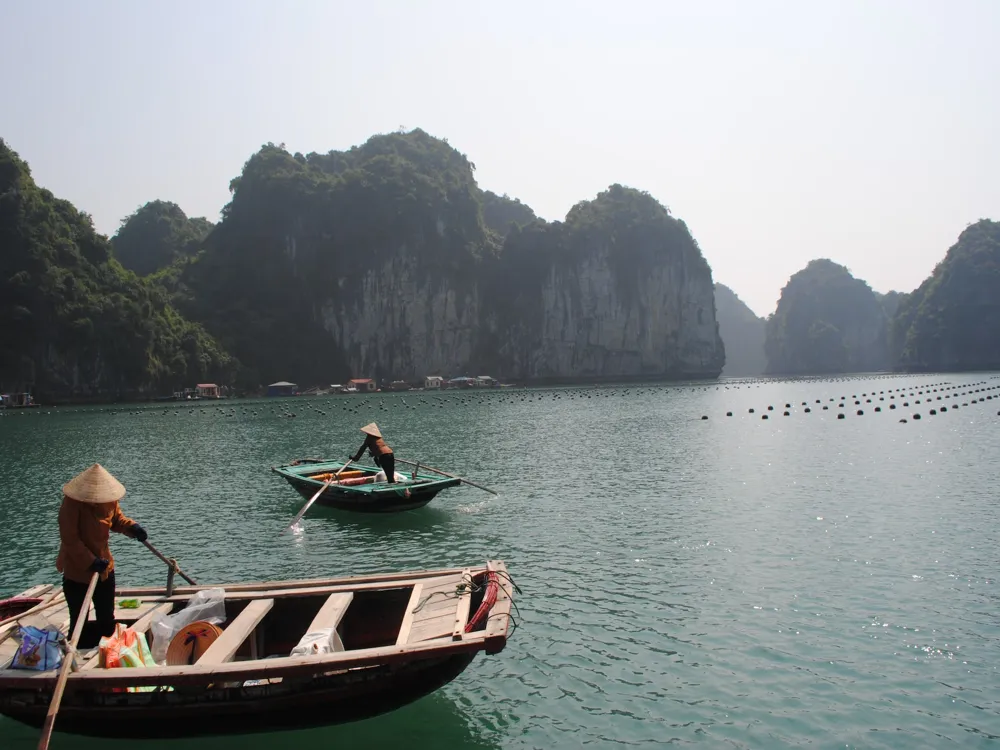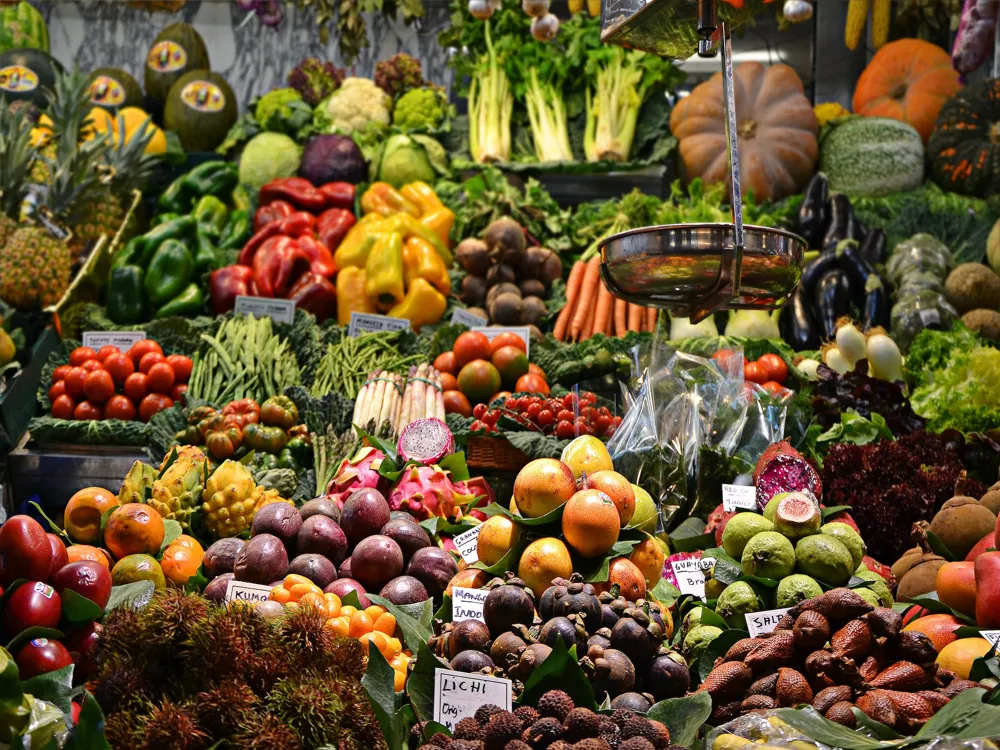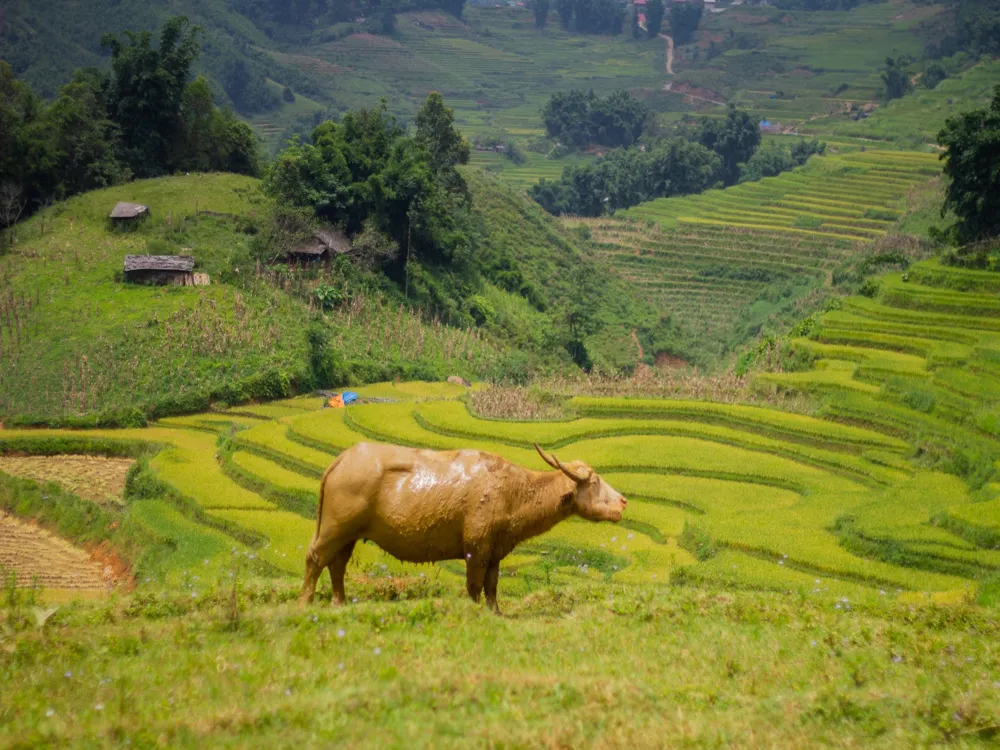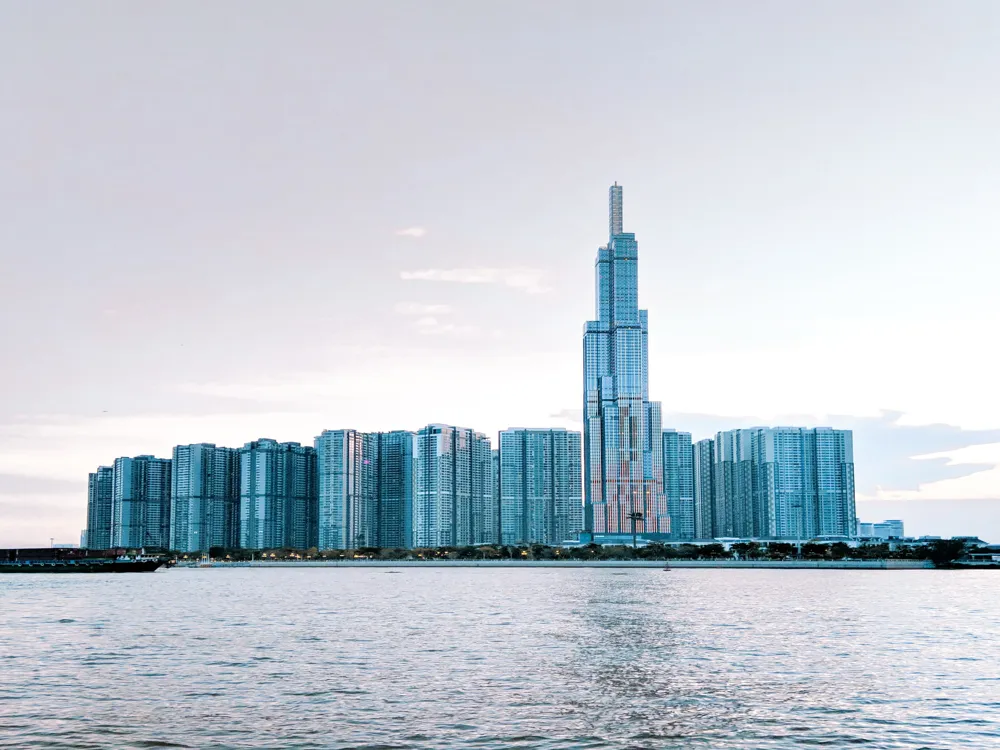Bac Ha, located in the Lao Cai Province of Vietnam, is a captivating destination that exudes a unique charm. Known for its vibrant ethnic culture and stunning landscapes, Bac Ha is a hidden gem waiting to be explored. This picturesque town is home to the Flower Hmong people, renowned for their colorful textiles and lively weekly markets. Nestled in the mountainous northern region of Vietnam, Bac Ha offers an escape into a world where traditional ways of life are still prevalent. Its serene atmosphere, coupled with the warm hospitality of its inhabitants, makes Bac Ha a must-visit destination for those seeking an authentic cultural experience. The town's landscape is marked by rolling hills, verdant valleys, and terraced rice fields, creating a picturesque backdrop for exploration. Visitors to Bac Ha can indulge in a variety of activities, from hiking and horseback riding to exploring local markets and sampling regional delicacies. The town's vibrant market is a cultural mosaic, bringing together various ethnic groups who come to trade goods, socialize, and showcase their traditional crafts. This bustling market is not just a trading hub but also a cultural epicenter, offering a glimpse into the rich tapestry of ethnic diversity in the region. Bac Ha's architecture is a testament to its rich cultural heritage and history. The town's buildings are a blend of traditional Vietnamese styles and influences from various ethnic minorities, particularly the Flower Hmong people. The traditional stilt houses, characterized by their elevated structure and thatched roofs, are a common sight in Bac Ha. These houses are designed to adapt to the mountainous terrain and climatic conditions of the region, offering both functionality and aesthetic appeal. One of the architectural highlights in Bac Ha is the Hoang A Tuong Palace, a unique fusion of Asian and European architectural styles. Built in the early 20th century, the palace reflects the historical influences of French colonialism in the region. Its design incorporates elements of French baroque architecture with traditional Vietnamese motifs, creating a striking visual contrast. The palace's large courtyards, ornate balconies, and intricate carvings are a testament to the skilled craftsmanship of the era. Another significant architectural feature of Bac Ha is the local markets. These markets are not just commercial spaces but also social hubs where the community gathers. The market structures are typically open-air, with a series of stalls and pavilions. The use of natural materials like bamboo and wood in their construction reflects the town's harmonious relationship with its natural surroundings. The vibrant colors and intricate patterns of textiles and crafts sold in these markets add to the visual appeal of the architecture, creating a lively and dynamic atmosphere. The ideal time to visit Bac Ha is from May to June when the weather is pleasant, and the landscape is at its most vibrant. This period coincides with the flowering season of the local plum and pear trees, adding a burst of color to the scenery. Additionally, the weekly markets are in full swing, offering a lively and authentic cultural experience. When visiting Bac Ha, it's important to respect the local customs and traditions. Dress modestly, especially when visiting religious sites. It's also advisable to ask for permission before taking photographs of the local people, as some may have cultural sensitivities regarding photography. Bac Ha's culinary scene is a delightful exploration of traditional Vietnamese flavors with a local twist. Don't miss trying the 'thang co,' a traditional Hmong horsemeat stew, and 'men men,' a corn-based dish. Local markets are great places to sample these dishes and other regional specialties. Reaching Bac Ha is an adventure in itself. The most common route is via Lao Cai city, which is accessible by train from Hanoi. From Lao Cai, visitors can take a bus or hire a taxi to Bac Ha, which is about a 2-hour drive. The journey offers scenic views of the northern Vietnamese countryside, making the travel experience a memorable part of the Bac Ha adventure.Overview of Bac Ha
Architecture of Bac Ha
Tips When Visiting Bac Ha
Best Time to Visit
Cultural Etiquette
Local Cuisine
How To Reach Bac Ha
Hoang Tuong
Bac Ha
NaN onwards
View bac-ha Packages
Weather :
Tags : Historical Site
Time Required : 1-2 hours
Planning a Trip? Ask Your Question
Bac-ha Travel Packages
View All Packages For Bac-ha
Top Hotel Collections for Bac-ha

Private Pool

Luxury Hotels

5-Star Hotels

Pet Friendly
Top Hotels Near Bac-ha
Other Top Ranking Places In Bac-ha
View All Places To Visit In bac-ha
View bac-ha Packages
Weather :
Tags : Historical Site
Time Required : 1-2 hours
Planning a Trip? Ask Your Question
Bac-ha Travel Packages
View All Packages For Bac-ha
Top Hotel Collections for Bac-ha

Private Pool

Luxury Hotels

5-Star Hotels

Pet Friendly







